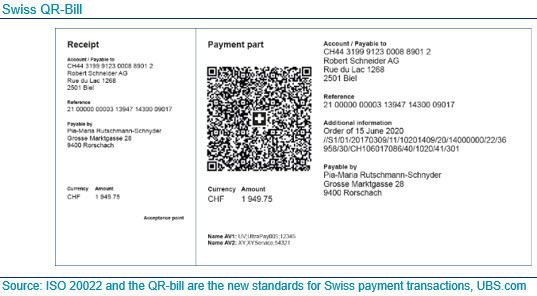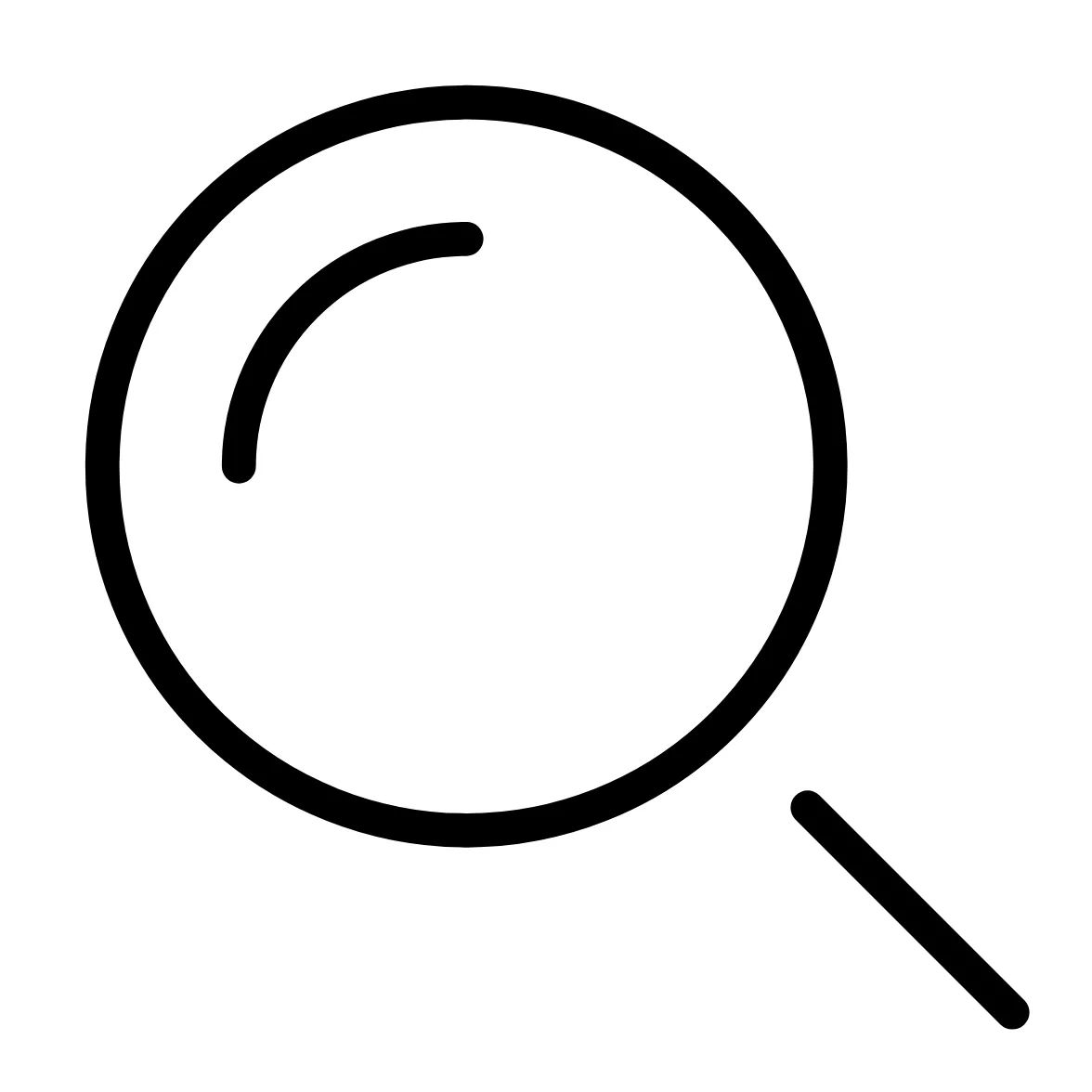QR codes have evolved from tracking auto parts and enabling personalized marketing messages into an easily accessible and efficient B2C payment method. As consumers increasingly use their mobile phones and QR codes at point-of-sale to purchase clothing, buy gas, and pay their bills at restaurants, business to consumer (B2C) and business to business (B2B) use cases for invoice-to-pay are emerging. European firms are putting QR codes on invoices, whether paper or electronic, with the promise to increase receivables automation.

Celent sees an opportunity for a market-based approach to QR invoicing adoption across geographies, perhaps with a kickstart from a new pan-European Request to Pay (RTP) infrastructure and standards. In the invoicing space, RTP has promise to replace traditional direct debit mandates while enabling the payer to approve and execute a payment in real time.






